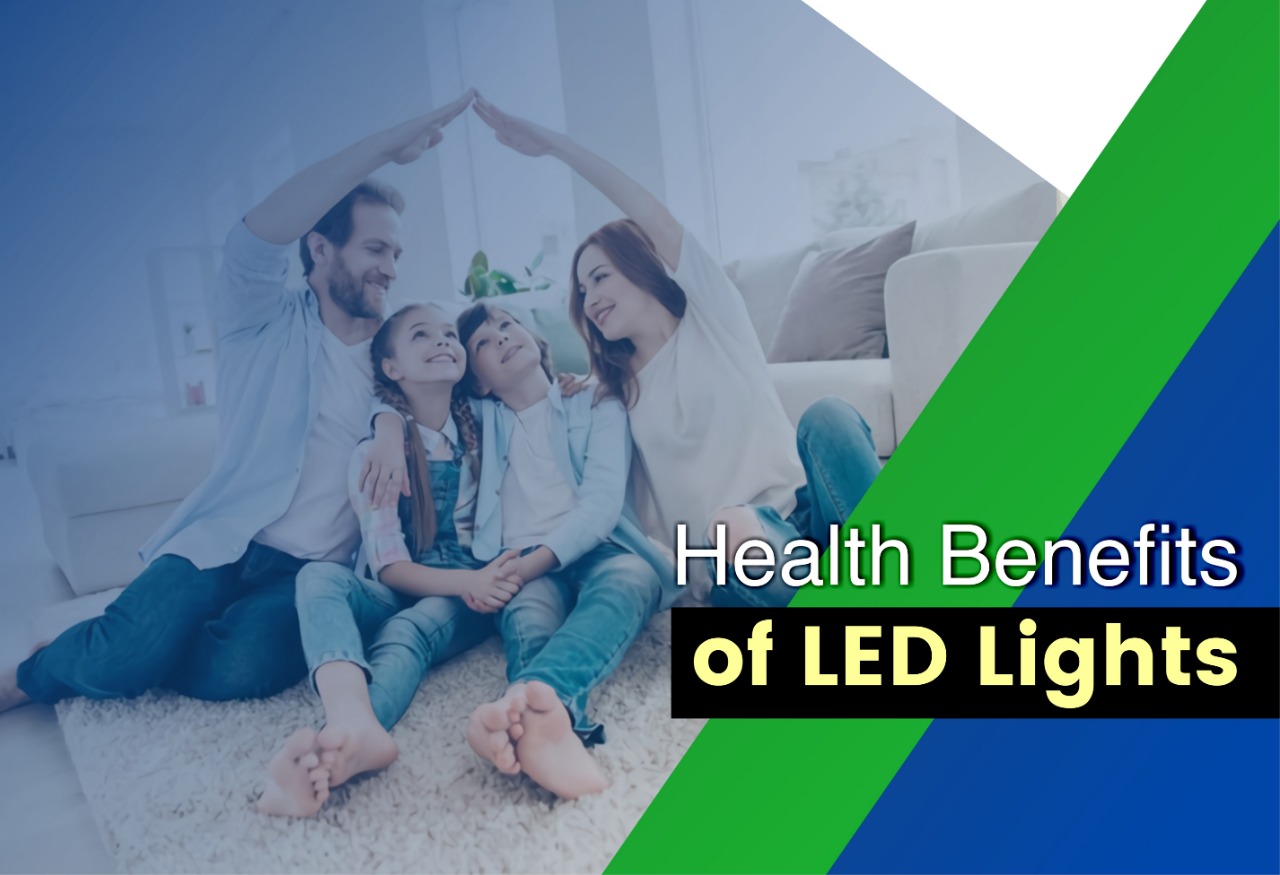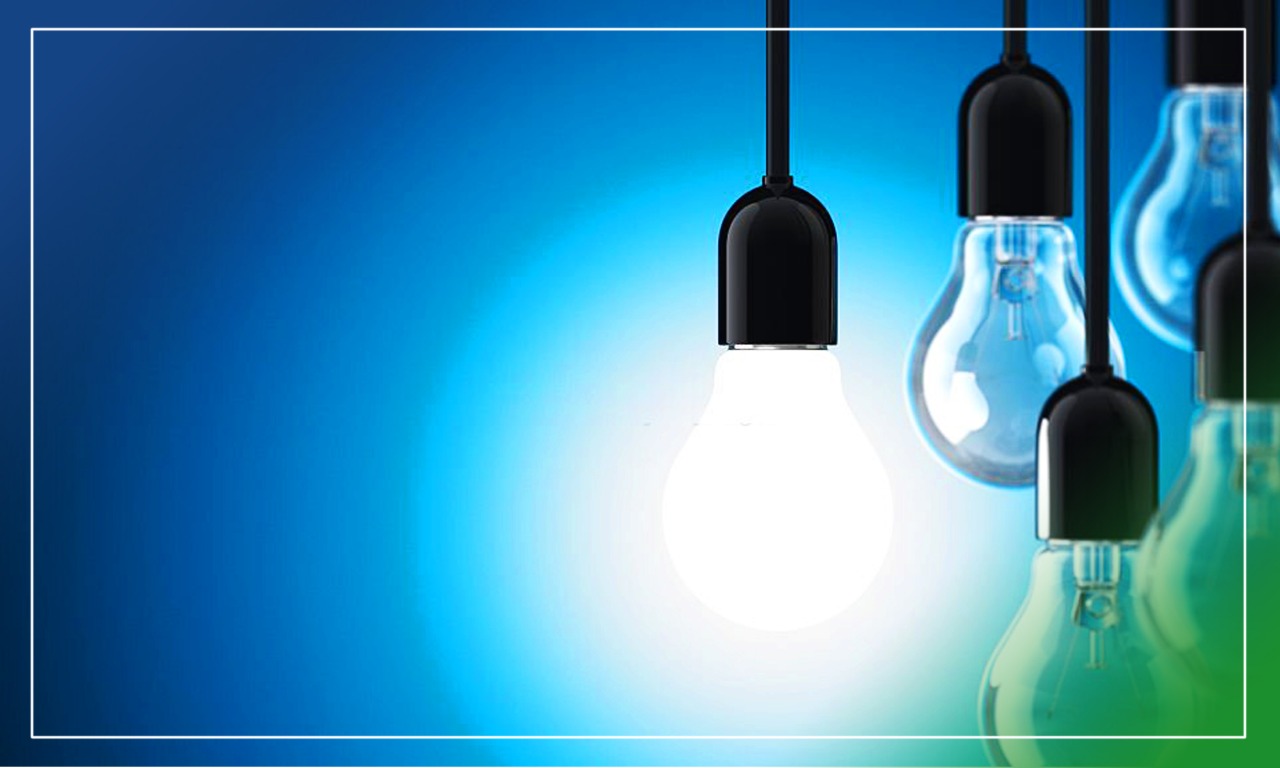
how LED lights help your health
Whether you’re a creator of lighting systems, a user, or an installer, what is presented in this post is interesting for you. Designers, you will be made informed of the features of the next-generation luminaires, those which in addition to competence also produce the good light, the light we demand. You will discover what highlights a LED lighting arrangement must include suiting your needs avoiding harm to your well-being or that of your family. And installers can learn some tips for initiating good facilities and not bother about taking chances when it appears to handle luminaires with LEDs.
Effects of intensity of the LED light.
Eye warming
We start with the good news. Regular use of an LED provides no heating influence on the eyes. It looks clear that we are talking of LEDs for lighting and not laser LEDs that can be possibly dangerous

Glare
The intensity of light present in an LED light can easily exceed 1,000 times that of traditional light sources. These intensity levels can cause annoying glares that are not harmful to health, except in potentially dangerous situations such as transport driving. Thus, we have to prevent direct light from the LEDs reach our eyes. Therefore, the recommendation is not to use powerful lamps that have LEDs at sight. Installers and architects already stick to visual ergonomic standards that avoid these annoying glares.

How does light flickering affect us?
The flicker or stroboscopic effect of light is present in nearly all sources of artificial light although our eye can’t observe it. Studies are showing the possible effects of flickering in humans depending on frequency:
The LEDs can’t be connected directly to the network (except for some not very popular exceptions) and to produce light, they must be fed with a steady current at a certain value. This current is provided by an electronic circuit that has a full range of accepted names (ballast, driver, power supply, power source, etc.) and which is responsible for this current to present the appropriate value and to be as stable as possible.

Health Benefits of Using LED Lights
Reduces headaches
Light sensitivity can lead to headaches and migraines. For those who experience light sensitivity as a result of flickering fluorescent bulbs, LED lighting is the best option. LED light bulbs also have a more consistent color, which reduces eye strain that can also lead to headaches and migraines.
Reduces stress and anxiety
Sometimes, when we don’t get enough sunlight, we may experience anxiety and stress. LED lighting eliminates this problem because it mimics the effects of natural light. LED lighting can help decrease levels of anxiety and stress in people who spend most of their time indoors.

Regulates your Circadian rhythm
The newer types of LED lighting can have the same effect on humans as natural light. LED light bulbs can normalize your Circadian rhythm and encourage normal sleep patterns.
Increases your learning performance and productivity
Institutions that use LED lighting have reported increased productivity levels in their workers. This is also true for some schools where LED lighting is the main source of lighting. Some studies have observed that workers who work under LED lighting have improved cognitive function and better overall performance.

Reduces your exposure to mercury
Fluorescent and incandescent light bulbs contain some amount of mercury. LED light bulbs don’t. Mercury is a highly toxic element that is fatal in large doses.
Reduces your exposure to UV radiation
LED lighting does not emit ultraviolet radiation, which has been linked to skin cancer, premature aging, and eye strain.

Reduces your exposure to anxiety-inducing noise
Fluorescent bulbs produce a low but annoying buzz that can be distracting and can give people headaches, fatigue, and stress. LED lighting is completely silent.